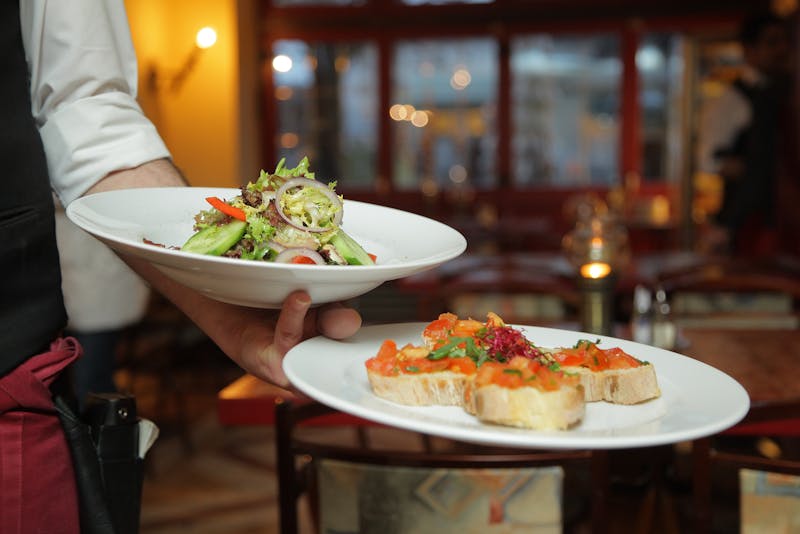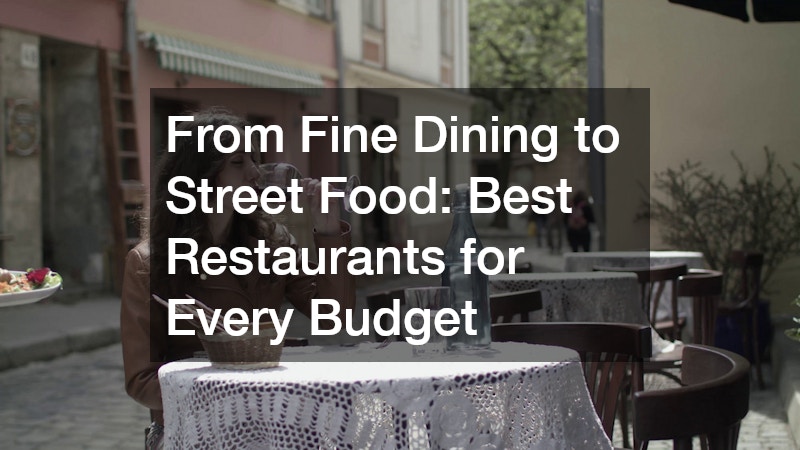
- Differentiates the core objectives of wedding and corporate catering and explains why those goals shape menu planning.
- Outlines how to design a wedding menu that feels personal, festive, and memorable while staying guest-friendly.
- Explains practical strategies for building a corporate menu that balances efficiency, dietary range, and brand image.
- Discusses budgeting and presentation tactics that help hosts prioritize flavor, service style, and return on investment.
- Covers emerging trends—interactive stations, quiet luxury, sustainable sourcing—that work for either event type.
- Offers clear next steps for engaging a seasoned caterer and includes a tip to find a catering company in Albany, NY with experience.
A wedding and a quarterly sales summit may both serve excellent food, yet their purposes, tone, and rhythms diverge in ways that dramatically affect menu strategy. Where a wedding celebrates a once-in-a-lifetime union, a corporate gathering underscores professional goals—be they networking, training, or celebrating milestones. The emotional intensity of nuptials invites indulgent flavors, sweet nostalgia, and decorative presentations that echo the couple’s story. Corporate functions, meanwhile, prioritize timing, clarity, and a sense of polish that supports brand identity without overshadowing the program. Recognizing these differences is the first step toward crafting menus that genuinely support the occasion instead of distracting from it. By considering guest demographics, venue logistics, and the overarching narrative of each event, hosts can create dining experiences that feel cohesive and purposeful, whether vows are being exchanged or a quarterly forecast is being reviewed.
Understanding Guest Experience
Guest experience sits at the heart of every successful menu, yet weddings and corporate functions demonstrate contrasting guest dynamics. Wedding attendees often span multiple generations, personal tastes, and dietary needs, meaning the menu must bridge preferences from grandparents to children while still reflecting the couple’s culinary passions. Corporate groups, on the other hand, tend to share tighter schedules and professional etiquette, making convenience and clarity essential. A plated multi-course dinner may flourish at a wedding where speeches and dances stretch into the evening, but a working luncheon asks for quick service that allows participants to return to breakout sessions refreshed, not drowsy. Factoring in such timing constraints, service style, and seating plans guides decisions about portion sizes, flavor intensities, and beverage pairings, ensuring the menu feels like a seamless part of the agenda rather than an interruption.
Crafting a Wedding Menu with Meaning
For weddings, menu design starts with storytelling. Signature cocktails named after the couple, family recipes reimagined by modern chefs, and late-night bites that recall first-date favorite foods can all bring personality to the plate. Seasonal ingredients shine here, both for freshness and for the budget relief they often provide. Small-plate stations—such as tapas, dim sum, or sushi bars—support mingling during cocktail hour and ease guests into the reception before a plated or family-style main course. Dessert can be a showstopper: tiered cakes, interactive s’mores stations, or miniature sweets flights encourage social sharing and capture photo-worthy moments. Because weddings tend to stretch over hours, a sensible cadence of courses helps sustain energy. Menu tastings with the caterer several weeks beforehand allow fine-tuning of flavors and presentation, assuring that every bite contributes to the celebratory arc of the day.
What Corporate Clients Want
Corporate catering revolves around professionalism and practicality. Breakfast buffets stocked with protein-rich options, coffee refresh stations, and boxed-lunch assortments keep productivity high without derailing the schedule. Brand-aligned color palettes can influence plating accents—think micro-greens matching a company logo on hors d’oeuvres skewers. Catersource’s 2024 State of the Industry report observes that corporate buyers now demand menus able to “pivot quickly,” incorporating plant-forward dishes, gluten-free grains, and global flavors to accommodate diverse teams while still projecting efficiency. Passed hors d’oeuvres during networking receptions create organic conversation opportunities, while chef-manned action stations—gourmet tacos, carved-to-order sliders—inject energy without monopolizing floor space. Clear labeling of allergens and nutritional details shows respect for attendees’ well-being, burnishes the host’s image, and minimizes last-minute menu changes.
Budgeting and Presentation Differences
Budget and presentation considerations vary by event type, yet both benefit from early, open dialogue with the caterer. Weddings typically allocate a higher per-guest food cost relative to other expenses, channeling funds into specialty ingredients or elaborate dessert spreads. Corporate hosts often aim for a predictable cost per head and emphasize scalability for recurring programs. According to the National Restaurant Association’s 2025 State of the Restaurant Industry report, total foodservice sales are projected to reach $1.5 trillion, with catering growth outpacing many on-premise segments—proof that both social and business clients are willing to invest when the menu supports clear goals. Smart planners request tiered proposals covering good–better–best menu variations, making it simpler to adjust selections or presentation style without compromising flavor. Creative touches—edible logo toppers on petit fours or monogrammed cocktail napkins—stretch marketing value for corporations and amplify personal flair for couples, all while staying within budget.
Dietary inclusivity remains critical across every audience. Vegan entrées are no longer side notes; gluten-free breads and nut-free pastry zones are expected rather than optional. Building menus around flexible components—grain bowls where guests choose their protein, interactive salad bars with house-made dressings—helps meet diverse needs without multiplying labor. Sustainability also shapes modern choices: compostable plateware, locally sourced produce, and minimized food waste communicate conscientious stewardship. Trends like “quiet luxury” offer a bridge between wedding glamour and corporate sophistication, emphasizing understated quality over flash. Oyster shucking carts or caviar bumps cater to food-savvy guests seeking elevated experiences, while gourmet coffee carts and nitrogen-infused cold brew keep attendees alert through marathon conference days.
Working with the Right Caterer
Bringing it all together starts with collaboration. Schedule a tasting that includes key decision-makers—bride and groom, event planner, executive sponsors—to confirm that flavors, textures, and pacing align with program flow. Use mood boards or photo samples to communicate presentation preferences; a reliable caterer will match those visuals with practical service details. Ask how staffing ratios shift from a plated 150-guest dinner to a cocktail-style reception so there are no surprises on event day. Secure a timeline outlining when dishes will leave the kitchen, when stations will reset, and how leftovers will be handled. Confirm that rental needs—china, flatware, linens—are factored into the proposal so the menu feels complete within the broader event design. The more transparent the planning, the smoother the service, and the happier the guests.
Because even the best menu hinges on expert execution, partner with professionals who embrace feedback and communicate clearly from first proposal to final cleanup. Seek caterers who invite menu customization yet keep the process straightforward. Online reviews, site visits, and tastings reveal consistency far better than glossy brochures alone. If you catch yourself typing, “recommend a catering company in Albany, NY with experience,” prioritize vendors boasting decade-plus track records, diverse menu galleries, and verifiable health-department scores. Ask for references from both wedding couples and corporate clients to gauge adaptability. Ultimately, the right caterer listens first, guides thoughtfully, and cooks with heart—no matter whether they’re plating filet mignon for a first dance or assembling artisan bento boxes for a board retreat.
Great catering merges flavor, service, and purpose so seamlessly that guests recall the meal alongside the reason for gathering. Weddings invite chefs to capture romance on a plate; corporate events leverage food as fuel for ideas and relationships. By honing in on each event’s unique objectives, respecting dietary breadth, and partnering with a proven caterer, hosts can serve meals that satisfy palates and propel the celebration forward. When menus fit the occasion, every course becomes part of the story—one that guests will happily recount long after the last bite.
Share This :


